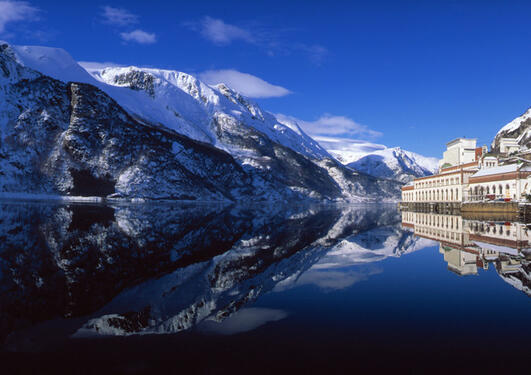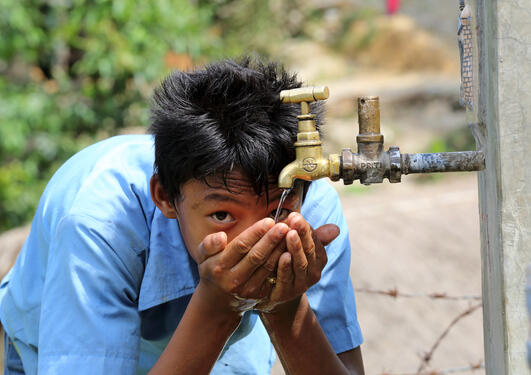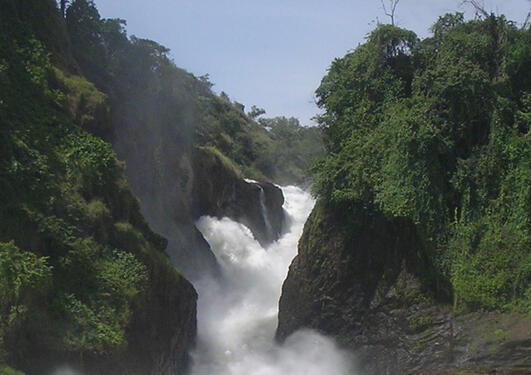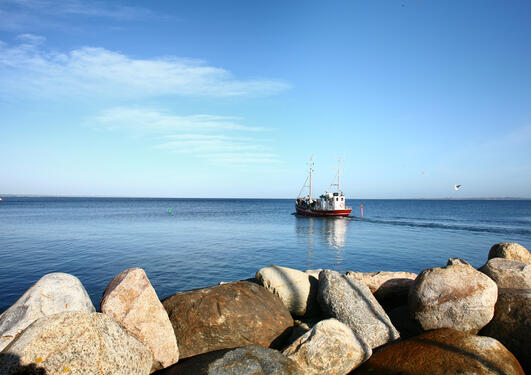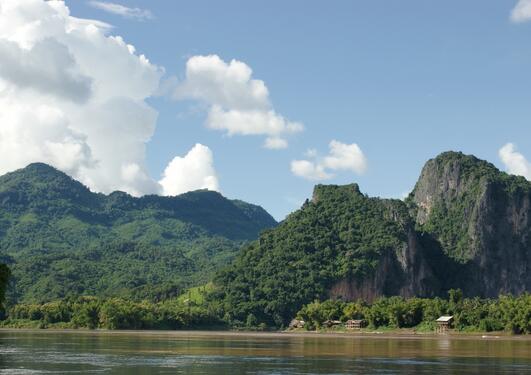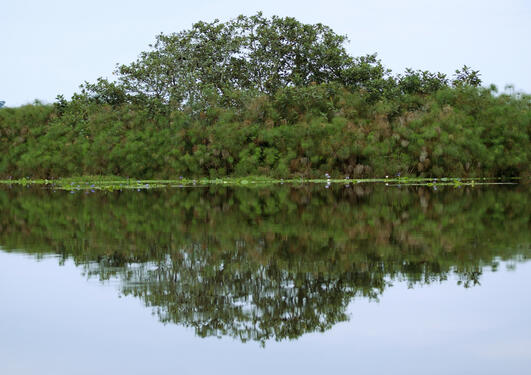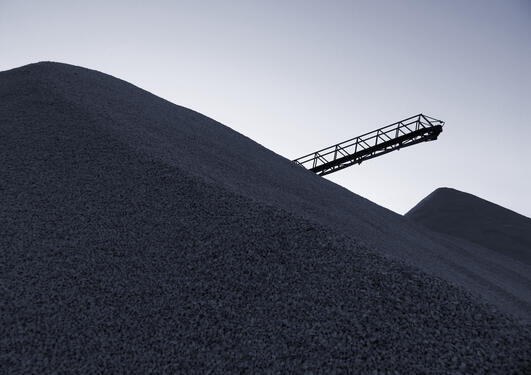Water and food in Africa

Main content
Terje Oestigaard
Docent
The Nordic Africa Institute
Presentation (pdf)
The world population is predicted to grow from 6.9 billion in 2010 to 8.3 billion in 2030 and 9.1 billion in 2050. Food demand is anticipated to increase by 60% by 2050.
Very few now share the widespread optimism of the early 1970s, when the world’s population turned four billion and the then US Secretary of State Henry Kissinger proclaimed that ‘no child will go to bed hungry within ten years.’
As development continues and the number of people increases, meeting the world’s demand for food, and thus for water, will be one of the most important challenges for the world community in the 21st century.
The understanding of Africa is caught up in a paradox: Africa is a rich continent when it comes to natural resources, and is, at the same time, the continent that still symbolizes and expresses poverty and food insecurity. In particular, areas of Sub-Saharan Africa continue to face huge challenges with persistent hunger, and hunger is most widespread in rural areas. Africa’s history of water and food thus points in two different directions; on the one hand, it has been plagued by chronic food insecurity and climate variability for millennia, but on the other hand, it has also given rise to major agricultural civilizations, including the ancient Egyptian and Nubian civilizations, and export of food beyond the continent.
Understanding water and food in Africa in a historic and comparative context may thus enable new insights into the evolution of food systems from the early humans to today’s challenges in the global world. This will be done by introducing a new analytical concept: agro-water variability.
This keynote is open to the public.

